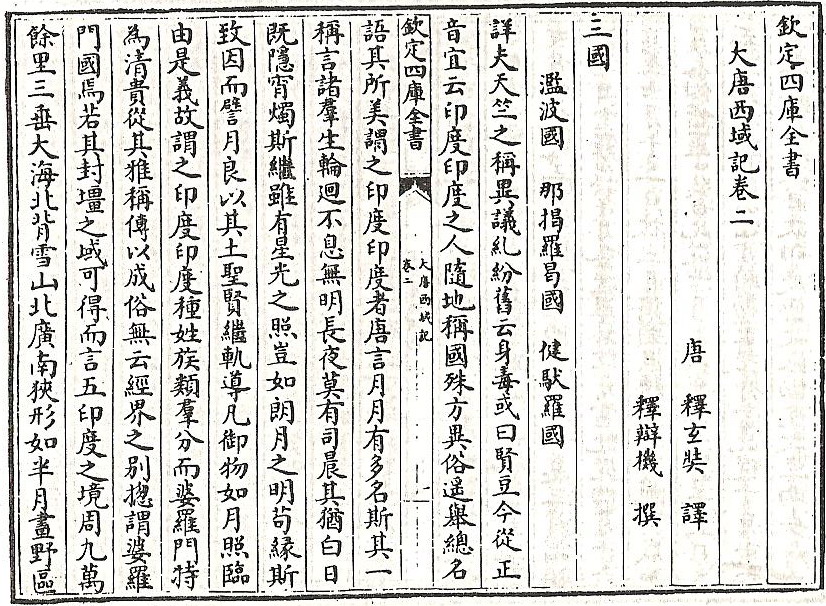
Text of: Great Tang Records on the Western Regions
It’s obvious My Fair Concubine was inspired by the classic tale of My Fair Lady and Pygmalion by George Bernard Shaw, but the story is actually an homage to many more works that might not be familiar to readers not familiar with Chinese culture. So what were the Chinese works also referenced throughout the book? I’ve always been impressed with the culture of literacy in Tang Dynasty China so I couldn’t set a book in Changan, a center of literature and art, without mentioning some literary works. Since the book doesn’t have extensive author’s notes, I thought I’d give a little information about them here.
Forgive my extensive use of Wiki here to provide quick links and references. This is meant to be a summary and a survey and not an in-depth research bibliography.
The Classic of Tea by Lu Yu
Yan Ling is appalled that one of the things Fei Long has to school her on is tea etiquette. She’s worked in a tea house for all her life! The Classic of Tea was written in the 8th century during the Tang Dynasty and is known as the first written treatise on tea in the world. It talks about the origins of tea, how to properly prepare it, the history, where it’s grown, proper methods of sharing tea; all in the poetic style of the Tang Dynasty. I didn’t procure a translation for this and the work only appears as a reference to ironically present the differences between Yan Ling and Fei Long. She thinks she would know everything about tea having served over a thousand pots of it. Fei Long’s knowledge of tea is high brow and from an entirely different class.
The Four Virtues and Three Obediences – Lessons for Women
The Four Virtues and Three Obediences was a well-known code of conduct based on Confucian thought that dictated how the ideal and virtuous woman should behave. Interestingly, Lessons for Women, an influential text outlining the code, was penned by a respected female scholar, Ban Zhao, during the Han Dynasty. This fact really illustrates that it was not a simple black and white matter of oppression and subservience when it came to women in imperial China. On the other hand, social order was very important to Confucianist thinking and women has a place as did men. I thought it amusing for Fei Long, who is both book smart and clueless a la Henry Higgins, to grasp onto The Four Virtues and Three Obediences as a method of training Yan Ling to be a proper lady. Thankfully he doesn’t quote from this too often as some of the ideas might sound incredibly sexist to the modern reader and take him out of hero territory.
The Maiden of Yue
This martial arts legend tells of a swordwoman who lived in the forest in the Kingdom of Yue during the Warring States period (475–221 BCE). It inspired Jin Yong’s story, The Sword of the Yue Maiden. As the legend goes, the Lady or Maiden of Yue pretty much beat the crap out of any man who challenged her. She came to the notice of the King of Yue who asked her about the origin of her skill. Her explanation forms an early foundation for a sword fighting system and philosophy. She was asked to train the king’s officers so they could in turn train their soldiers. I couldn’t nail down a date for the origin of the famous legend, though it was firmly established by the Tang Dynasty. The fable shows how deep martial arts culture is ingrained in Chinese society and also the figure of the sword-fighting woman is part of that tradition (and is not a Hollywood creation!). In My Fair Concubine, the “best friend” character, Li Bai Shen, performs a play (or opera) based on this story, the fight scenes giving him a reason to show off his acrobatic training and to show that he often played the female warrior roles which actually required a lot of strength. He also mentions doing a performance where he played Princess Pingyang – a warrior princess credited with being influential in the founding of the Tang Dynasty.
Houyi and the Ten Suns
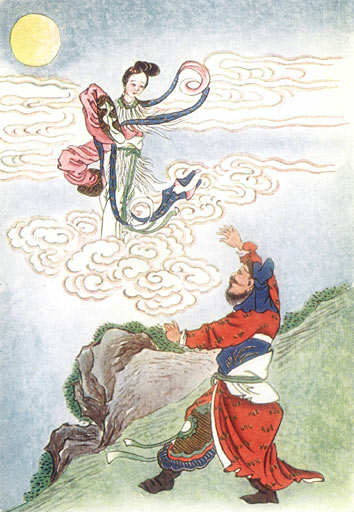
Houyi the archer is a Chinese mythological figure during pre-imperial times. In the legend, the ten Sun-birds decided to rebel and rise at the same time, scorching the land. Houyi, a legendary marksman, shot down nine of the ten suns, saving mankind. Archery was an extremely important practice and past time during the Tang Dynasty and archery competitions were very popular. Archery was also very critical to steppe culture and it’s interesting that Khitan (and Mongolia) have a very similar legend to that of Houyi. The comparisons of Fei Long to Houyi would be akin to comparing someone to the god Apollo in western culture.
Princess Liu Xijun’s poem
(translation from Presence and presentation: women in the Chinese literati tradition by Sherry J Mou)
This is easily the most famous poem about the practice of heqin, peace marriage, where Chinese alliance brides were sent to neighboring kingdoms.
My family married me
To the other side of the Heaven;
And trusted me in a foreign country.
The yurt is my hosue,
And the felt is my wall.
The meat is my food,
And the sour milk is my drink.
Living here [in a foreign country]*,
My grief inside my heart by longing for my native soil
I wish to turn into a yellow crane
And fly back to my homeland
*In many translations this reads “To the Land of Wusun” or “To the King of Wusun”
The Monkey King – Journey to the West
from the Great Tang Records on the Western Regions (ca 7th century)
This is a very quick reference when Bai Shen announces his next performance. The novelization of the Monkey King’s journey with a Buddhist monk wasn’t penned until the 16th century, but the legend and tale of the monk’s journey goes back to the 7th century Tang dynasty. At some point, the tale incorporated a mythical Monkey King with supernatural powers. I couldn’t pin down whether this tale existed in the Tang Dynasty. Though it’s possible that it was part of oral storytelling tradition at that point, it might not have been until the later Song Dynasty that the Monkey King became part of the legend. So I guess this is my confession that the reference to the Monkey King is possibly an anachronism for the time. I did so because the Monkey King is a more recognizable figure for readers and his story takes place during the Tang Dynasty.
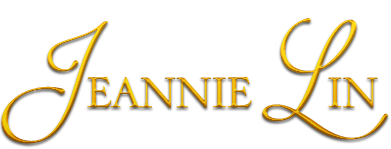


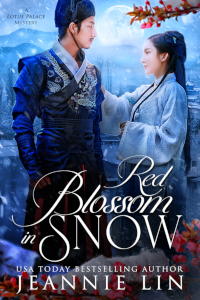
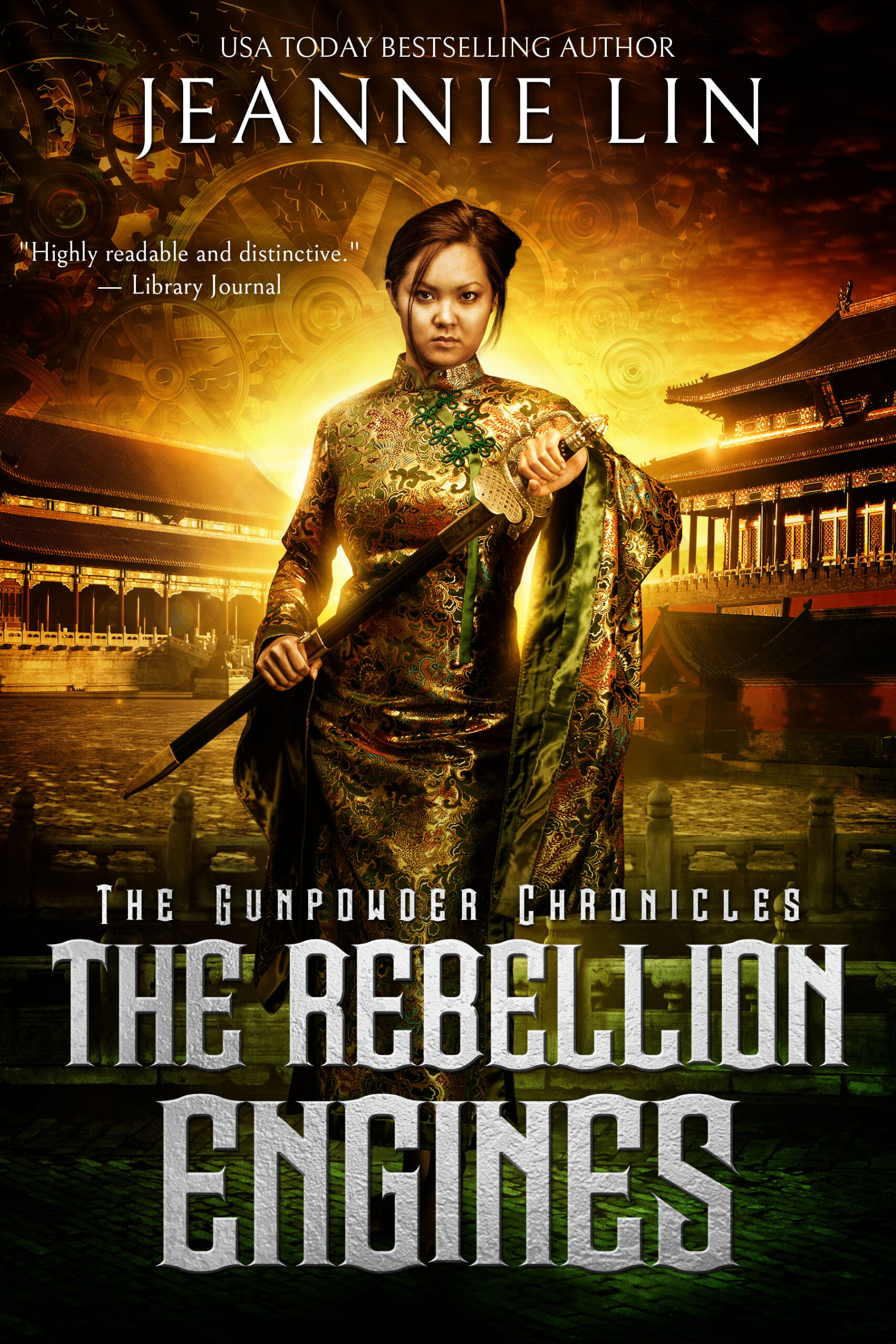
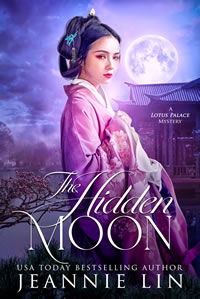
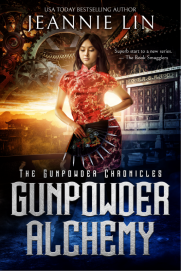
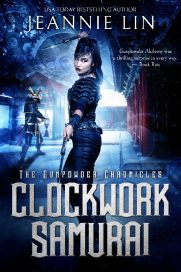
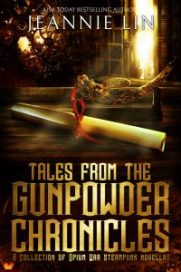
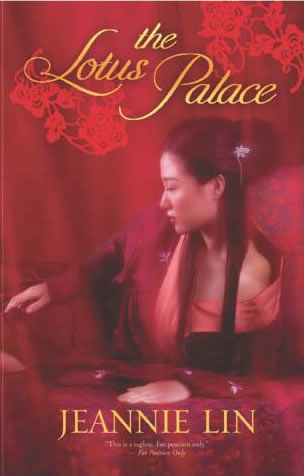
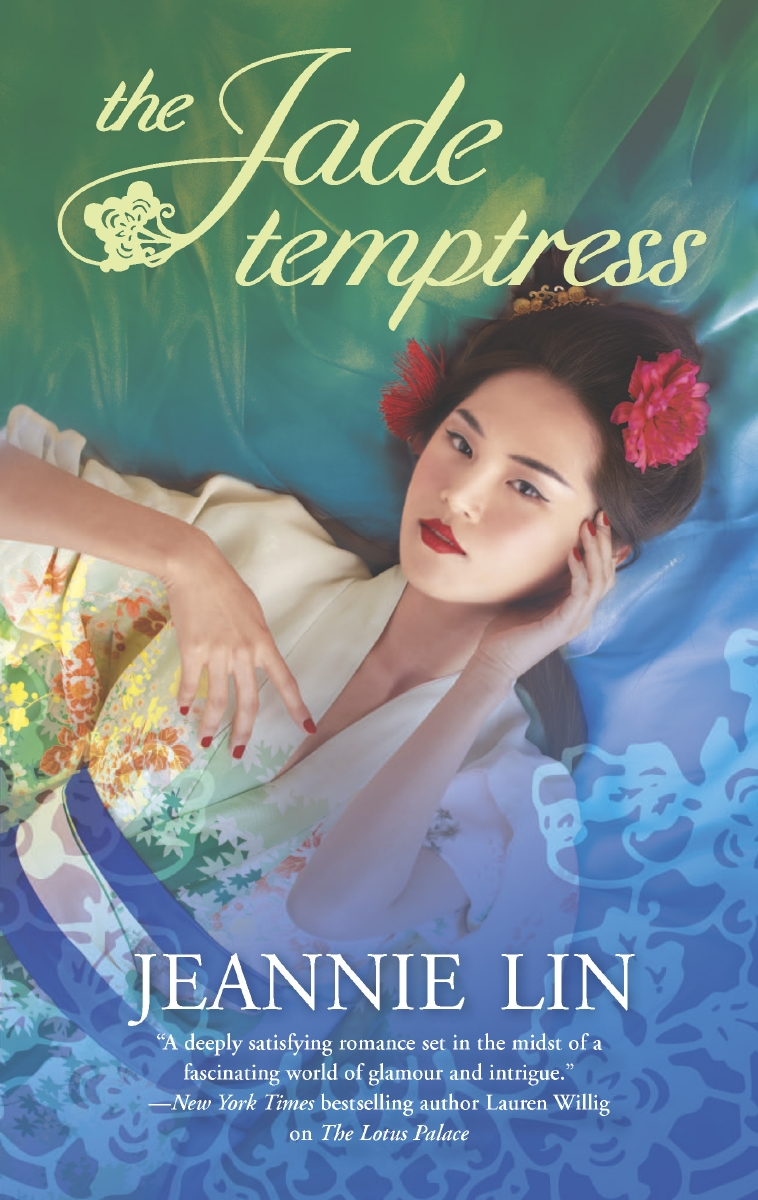
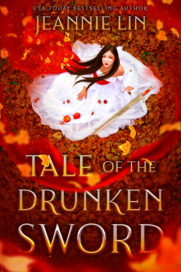


May 16, 2012 @ 08:18:05
Like the historical references on your website and congrat to your books!
May 16, 2012 @ 11:48:40
Thank you Mingmei!
May 16, 2012 @ 20:29:21
The Maiden of Yue story that you’re referring to is indeed a story Jin Yong made famous. His story was actually his first attempt at re-writing the Biographies of Swordsmen (劍侠傳), an anthology of xia (侠) stories compiled during the Ming dynasty by Wang Zhishen. The stories themselves were written in the Tang and Song dynasties.
Jin Yong planned to rewrite all 33 of the stories in that collection, but he only wrote the first one, which became the Maiden of Yue. The other stories he ended up merely summarizing and commentating on.
The story he based his rewrite on is called 《老人化猿》(laoren hua yuan) or “The Old Man Who Turned Into an Ape”. This is the first story of the 33 in the Biographies of Swordsmen. There is also a similar story told in the Wu Yue Chunqiu, a semi-historical account of of the states of Wu and Yue during the Spring and Autumn Period. That work was compiled during the Han dynasty.
As for “The Old Man Who Turned Into an Ape”, its source is unknown. It could be from a collection compiled by Ouyang Xun (557-641).
Incidentally, I am working on a complete translation of the Biographies of Swordsmen, so I have handy a translation of that story. Here is my translation:
========
The Old Man Who Turned Into an Ape
King Yue asked Fan Li about swordplay. Li said, “Your servant has heard of a maiden from the state of Zhao. You should invite her here.” So the king invited the girl. The female expert, on her way to see the king, came across an old man, who called himself Yuan Gong.
Yuan Gong asked the woman, “I’ve heard you’re a hero with the sword. I would like to see it for myself.”
The woman said, “I don’t dare hide anything. I’ll give it a try.” The old man immediately took a stalk of bamboo, and bending it over like a well-sweep, snapped it in two. The woman took one end and he took the other. The old man made to stab at the woman, and she responded by parrying three times. Then she raised her stick to strike, and the old man launched himself up into the trees and turned into a white ape.
========
As you can see, it’s a simple story. This is typical for early short stories; this kind of story is known as a chuanqi (傳奇), which means “transmissions of the marvelous”. This was the kind of story dominant during the Tang dynasty.
May 16, 2012 @ 20:38:23
Also, if anyone wants to read the Jin Yong story mentioned, there was an anonymous English translation done a while ago, which you can read here:
http://wuxiapedia.com/Novels/Jin-Yong/Sword-of-the-Yueh-Maiden/The-story
May 17, 2012 @ 04:18:58
Thank you Han Shuang! That’s fabulous info!